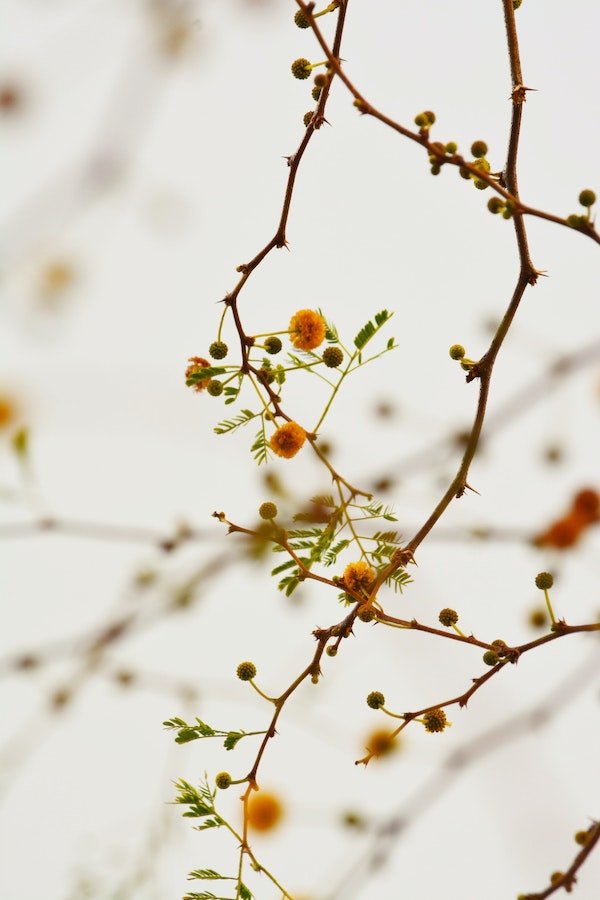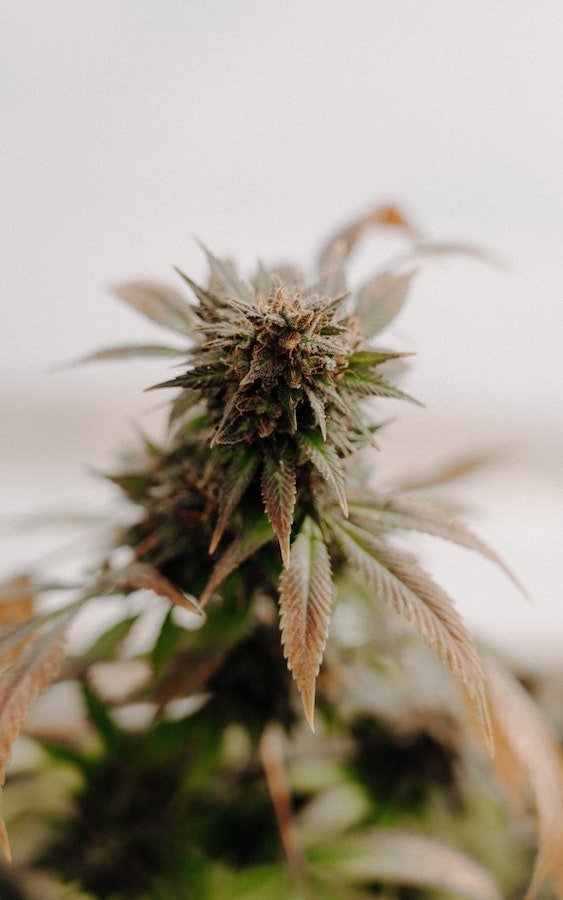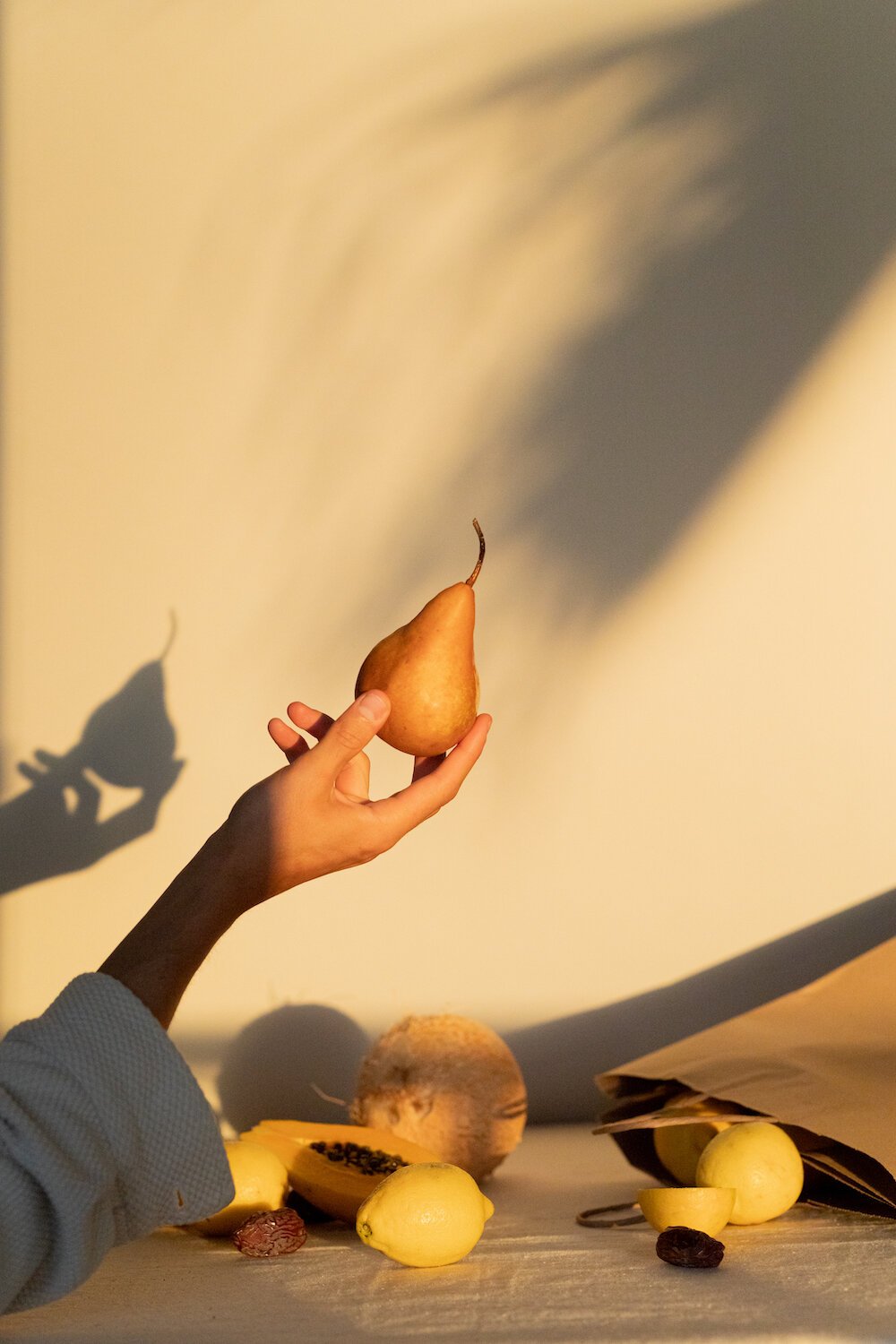
Cannabis 101: A Guide For Using Marijuana Mindfully
Integrating Cannabis
Into Your Wellness Routine
I remember the first time I stepped into a California marijuana dispensary after recreational legalization in 2018. I had no idea what I was looking for, but I knew I wanted something that would help me relax and complement my wellness routine. I left the dispensary with every product I was curious about, from teas to oils and vaporizers, and started to experiment and observe how my body reacted.
In the last year since California’s recreational use legalization, I’ve met lot of other people who felt overwhelmed when looking for a place to start. The lack of guidance and confusing regulations only add to that confusion.
Don’t worry or be embarrassed if you are at all like I was: curious and confused about marijuana. In order to use marijuana mindfully and responsibly, in a way that contributes positively to your sense of wellness, a refresher on the basics can help guide you to where you want to go.
What Are Cannabinoids?
Marijuana works by interacting with our endocannabinoid system (ECS): a network of receptors that help regulate pain, sleep, appetite and our immune system response. Two ECS receptors, CB1 and CB2, attach to some of the compounds in marijuana to create a physical or psychological effect. THC and CBD are the most prominent cannabinoids that interact with these receptors and our bodies in different ways.
A Closer Look At CBD
CBD, short for cannabidiol, is the non-psychoactive cannabinoid in marijuana—which means it doesn’t get you high. When derived from industrial hemp, it is legal in all 50 states. CBD oil is the most popular application of CBD and can be added to food, lotions, supplements and even candles.
While CBD doesn’t bind to our CB1 and CB2 receptors, it still has health benefits that are evidence-based. Many people gravitate towards CBD to help with anxiety, inflammation, and pain relief.
A Closer Look At THC
Tetrahydrocannabinol, THC, binds with our CB1 receptors that are mostly in our brain and nervous system. Unlike CBD, THC is psychoactive and can lead to that “high” feeling. The impact of usage depends on the strain or type of marijuana and if it’s a sativa, indica, or hybrid.
Sativa’s typically cause a more energizing high while Indica’s can lead to a more mellow and even sleepy feeling; Hybrids are a mix of the two. THC-infused products or strands can be used to help with nausea, anxiety, and sleep.
It’s also important to note that THC can have negative impacts on wellness for some and a doctor should be consulted before using THC.
Where To Start
When I began experimenting with marijuana, I did so as a way to enhance the practices I was already doing in order to sleep better, reduce anxiety, exercise and practice mindfulness. I made a conscious effort to avoid using any THC-based products as a way to self-medicate or mask difficult emotions.
“Continuing to research and setting a positive intention before usage, can help steer you on the right track to use marijuana as an aid for your wellness practices.”
Before using marijuana for a psychoactive effect, check in on yourself and your stress levels. Altering your mental state, even slightly, shouldn’t be taken lightly. Continuing to research and setting a positive intention before usage, can help steer you on the right track to use marijuana as an aid for your wellness practices. If you live in a state with legal medical or recreational dispensaries, use their employees as resources to further educate you on each product.
Since hemp-derived CBD oil is the most accessible and legal cannabis product across the United States, it’s an easy entry into the world of marijuana without the psychoactive effect. You can buy it easily online and in many grocery and health-food stores. If you try using it, check in with yourself and take a mental note of any changes, good or bad, that you experience before you consider a higher dose or try with other products.
Lastly, it’s important to note that there are racial, financial, and geographical barriers that create unequal access to marijuana and its benefits. If you are passionate about exploring CBD and/or THC, try having conversations in your community to help increase awareness and decrease stigma.
Leah Thomas is an intersectional environmental activist, eco-communicator, and author. She launched the intersectional environmentalist platform to explore the relationship between environmentalism and cultural identity. You can connect with her on Instagram.





